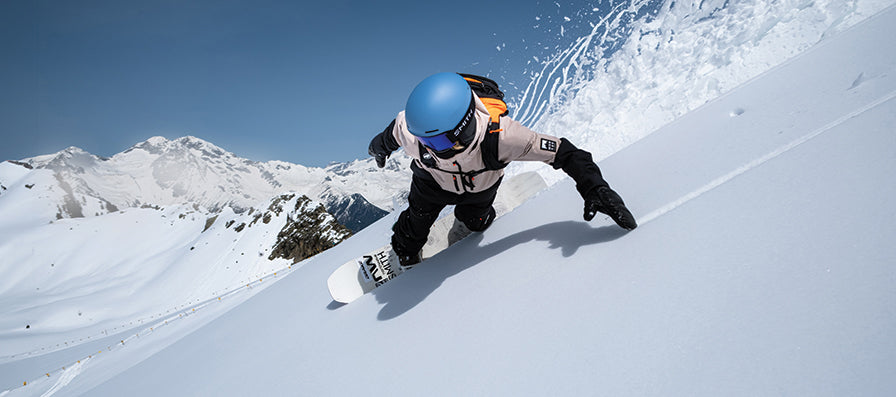Ski helmets are essential for safety on the slopes, but did you know they need to be replaced every 3-5 years?
This timeframe is vital due to material degradation caused by factors like UV exposure, temperature fluctuations, and everyday wear and tear. If your helmet experiences a significant impact or shows visible damage, it's crucial to replace it right away. Even if there are no visible signs of damage, the foam liner could be compromised after a crash.
General Lifespan
3-5 Years: Most helmet manufacturers recommend replacing your helmet within this range. This period accounts for wear from UV rays, temperature changes, sweat, and salt, all of which can weaken the protective materials.
Factors That Shorten a Helmet's Life
Impact/Crash: If your helmet has been involved in a significant fall or collision, it should be replaced immediately. Internal foam can get compressed or damaged, even if the outer shell looks intact.
UV Exposure: Extended exposure to sunlight can degrade both the helmet's shell and its internal materials.
Climate & Storage: Extreme temperature changes and improper storage can speed up material breakdown. Always store your helmet in a cool, dry place away from direct sunlight to maximize its lifespan.
Wear and Tear: Regular use naturally contributes to a helmet’s deterioration over time.

Signs It’s Time for a Replacement
Visible Damage: Inspect your helmet for cracks, dents, gouges, or flat spots on both the shell and the liner.
Internal Damage: Even without visible signs, a crash can compromise the helmet's ability to absorb future impacts. Replacement is essential after any significant hit.

Keeping your ski helmet in top shape is essential for your safety on the slopes. Regular checks and timely replacements will ensure you stay protected while enjoying your favorite winter activities!

